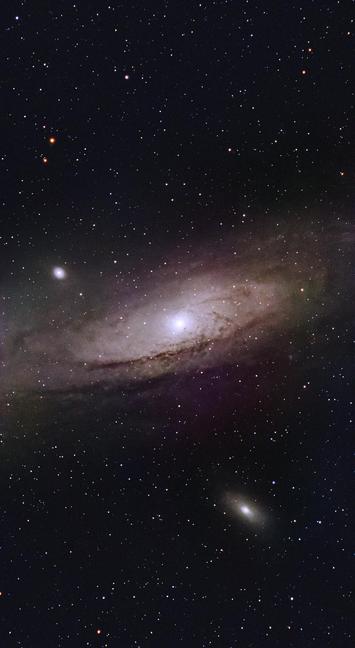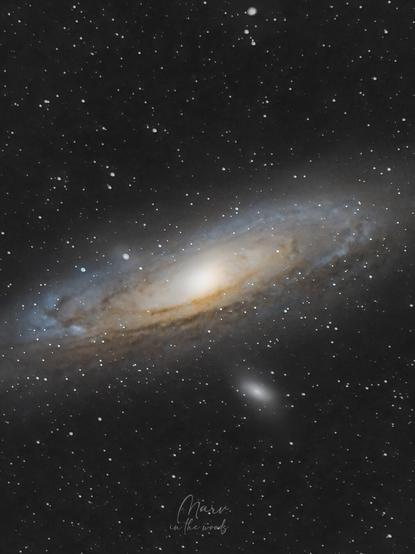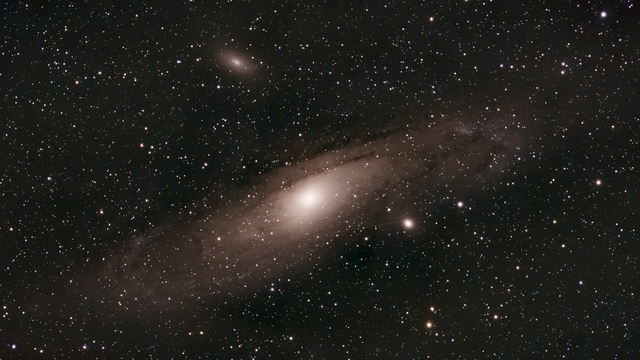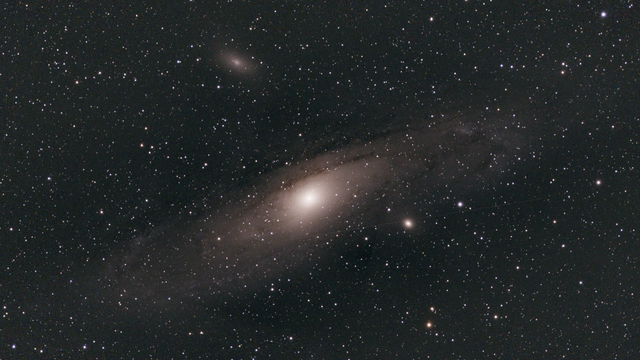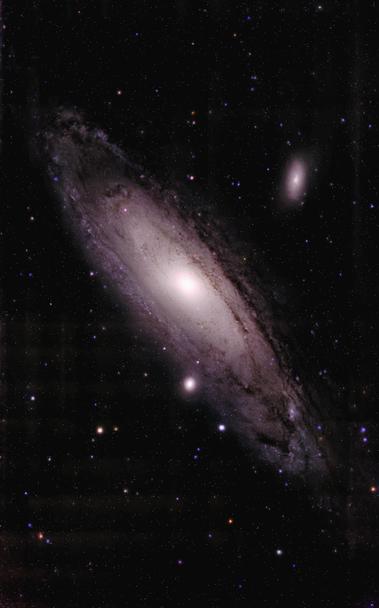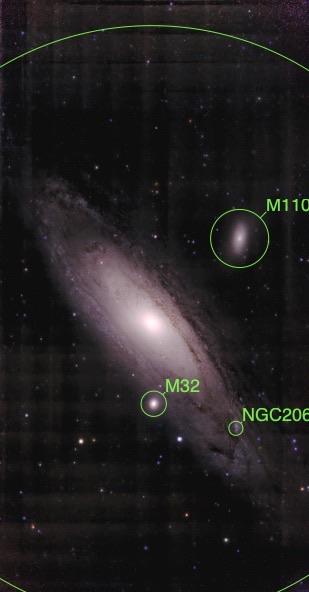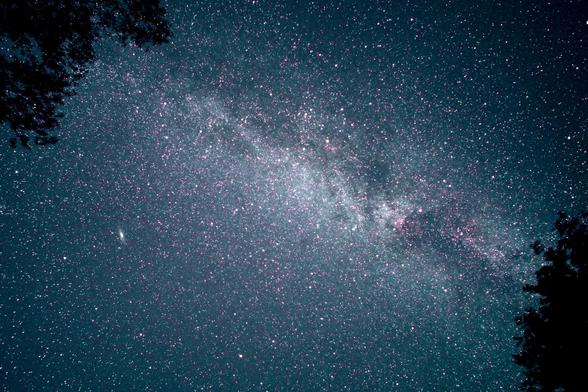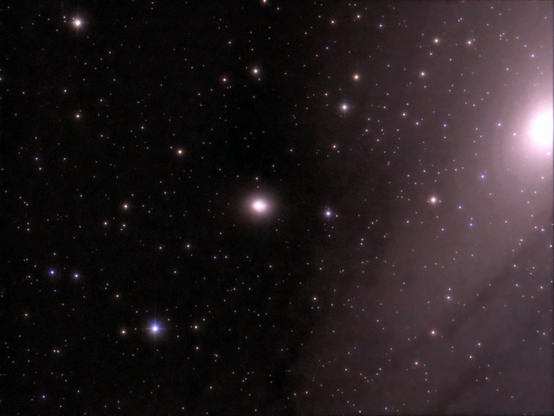Weekly Update from the Open Journal of Astrophysics – 15/11/2025
It’s Saturday again, so it’s time for the usual update of the week’s new papers at the Open Journal of Astrophysics. It has been quite a busy week. Since the last update we have published another seven papers, which brings the number in Volume 8 (2025) up to 175, and the total so far published by OJAp up to 410.
First on the menu for this week is “Dynamical friction and measurements of the splashback radius in galaxy clusters” by Talia M. O’Shea (U. Wisconsin-Madison, USA), Josh Borrow & Stephanie O’Neil (U. Pennsylvania, USA) and Mark Vogelsberger (MIT, USA). Published on Tuesday 11th November in the folder Cosmology and NonGalactic Astrophysics, this one presents a study suggesting that dynamical friction does not play a major role in reducing the radius of the splashback feature in real data compared to numerical simulations.
The overlay is here:
You can find the officially accepted version on arXiv here.
The Fediverse announcement is here:
Open Journal of Astrophysics
@OJ_Astro@fediscience.org
New Publication at the Open Journal of Astrophysics: "Dynamical friction and measurements of the splashback radius in galaxy clusters" by Talia M. O'Shea (U. Wisconsin-Madison, USA), Josh Borrow & Stephanie O'Neil (U. Pennsylvania, USA) and Mark Vogelsberger (MIT, USA)
https://doi.org/10.33232/001c.147125
November 11, 2025, 8:36 am 3 boosts 1 favorites
The second paper of the week is “Microlensing of lensed supernovae Zwicky & iPTF16geu: constraints on the lens galaxy mass slope and dark compact object fraction” by Nikki Arendse (Stockholm University, Sweden) and and international cast of 11 others based in Sweden, UK and France. This one was published on 11th November 2025 in the folder Astrophysics of Galaxies. It is about combining observations of two supernovae, iPTF16geu and SN Zwicky, with microlensing magnification maps to probe the properties of the lens galaxy.
The overlay is here:
You can find the official version of this one on arXiv here. The federated announcement on Mastodon is here:
Open Journal of Astrophysics
@OJ_Astro@fediscience.org
New Publication at the Open Journal of Astrophysics: "Microlensing of lensed supernovae Zwicky & iPTF16geu: constraints on the lens galaxy mass slope and dark compact object fraction" by Nikki Arendse (Stockholm University, Sweden) and 11 others based in Sweden, UK and France
https://doi.org/10.33232/001c.147126
November 11, 2025, 8:53 am 1 boosts 1 favorites
Next one up is “Neutrino Constraints on Black Hole Formation in M31” by Yudai Sawa (U. Tokyo, Japan) and 11 others all based in Japan. This was published on Tuesday 11th November in the folder High-Energy Astrophysical Phenomena. It presents a calculation of the neutrino emission expected from the collapse of massive stars and its use in constraining black hole formation using neutrino detectors.
The overlay is here:
You can find the official accepted version on arXiv here. The fediverse announcement is here:
Open Journal of Astrophysics
@OJ_Astro@fediscience.org
New Publication at the Open Journal of Astrophysics: "Neutrino Constraints on Black Hole Formation in M31" by Yudai Sawa (U. Tokyo, Japan) and 11 others all based in Japan
https://doi.org/10.33232/001c.147127
November 11, 2025, 9:04 am 0 boosts 1 favorites The fourth paper this week is “Redshift Drift in Relativistic N-Body Simulations” by Alexander Oestreicher (U. Southern Denmark, DK), Chris Clarkson (QMUL, UK), Julian Adamek (U. Zürich, CH) and Sofie Marie Koksbang (U. Southern Denmark, DK). This one was published on Wednesday 12th November in the folder marked Cosmology and NonGalactic Astrophysics. It presents numerical calculations of the cosmological redshift drift effect for comparison with future surveys.
The overlay is here:
You can find the official published version on arXiv here. The Fediverse announcement follows:
Open Journal of Astrophysics
@OJ_Astro@fediscience.org
New Publication at the Open Journal of Astrophysics: "Redshift Drift in Relativistic N-Body Simulations" by Alexander Oestreicher (U. Southern Denmark, DK), Chris Clarkson (QMUL, UK), Julian Adamek (U. Zürich, CH) and Sofie Marie Koksbang (U. Southern Denmark, DK)
https://doi.org/10.33232/001c.147178
November 12, 2025, 8:35 am 1 boosts 0 favorites
The fifth paper for this week is “Attributing the point symmetric structure of core-collapse supernova remnant N132D to the jittering jets explosion mechanism” by Noam Soker (Technion, Haifa, Israel). This one, published on Wednesday November 12th in the folder High-Energy Astrophysical Phenomena, presents a discussion of the morphology of a supernova remnant and possible explanation for it in terms of the explosion mechanism.
The overlay is here:
The officially accepted version can be found on arXiv here. The Fediverse announcement is here:
Open Journal of Astrophysics
@OJ_Astro@fediscience.org
New Publication at the Open Journal of Astrophysics: "Attributing the point symmetric structure of core-collapse supernova remnant N132D to the jittering jets explosion mechanism" by Noam Soker (Technion, Haifa, Israel)
https://doi.org/10.33232/001c.147183
November 12, 2025, 8:46 am 1 boosts 0 favorites The sixth paper to report this week is “Witnessing downsizing in the making: quiescent and breathing galaxies at the dawn of the Universe” by Emiliano Merlin (Osservatorio Astronomico di Roma, Italy) and an international cast of 20 others based in Italy, Germany, UK, USA, Switzerland, Spain and China. This one was published on Friday November 14th in the folder Astrophysics of Galaxies.
You can find the officially-accepted version on arXiv here. The fediverse announcement is here:
Open Journal of Astrophysics
@OJ_Astro@fediscience.org
New Publication at the Open Journal of Astrophysics: "Witnessing downsizing in the making: quiescent and breathing galaxies at the dawn of the Universe" by Emiliano Merlin (Osservatorio Astronomico di Roma, Italy) and 20 others based in Italy, Germany, UK, USA, Switzerland, Spain and China
https://doi.org/10.33232/001c.147267
November 14, 2025, 8:38 am 1 boosts 1 favorites And finally (for this week) we have “Beyond No No Tension: JWST z > 10 Galaxies Push Simulations to the Limit” by Joe McCaffrey (NUI Maynooth, Ireland), Samantha Hardin & John Wise (Georgia Institute of Technology, USA) and John Regan (Maynooth). This one was also published on Friday 14th November, in the folder marked Astrophysics of Galaxies. It asks the question whether newly-discovered high redshift galaxies are consistent with simulations of galaxy formation. The overlay is here:
You can find the officially acceopted version on arXiv here. The fediverse announcement is here:
Open Journal of Astrophysics
@OJ_Astro@fediscience.org
New Publication at the Open Journal of Astrophysics: "Beyond No No Tension: JWST z > 10 Galaxies Push Simulations to the Limit" by Joe McCaffrey (NUI Maynooth, Ireland), Samantha Hardin & John Wise (Georgia Institute of Technology, USA) and John Regan (Maynooth)
https://doi.org/10.33232/001c.147278
November 14, 2025, 9:02 am 2 boosts 0 favorites And that concludes the update for this week. There will be another next Saturday.
#250419510v2 #arXiv240518468v2 #arXiv250101578v2 #arXiv250419510v2 #arXiv250504731v2 #arXiv250700757v2 #arXiv250907695v2 #arXiv250909764v3 #AstrophysicsOfGalaxies #blackHoles #Cosmology #CosmologyAndNonGalacticAstrophysics #DiamondOpenAccess #DiamondOpenAccessPublishing #downsizing #dynamicalFriction #Explosion #galaxyFormation #gravitationalMicrolensing #HighEnergyAstrophysicalPhenomena #jitteringJets #JWST #M31 #neutrinos #OpenAccess #OpenJournalOfAstrophysics #redshiftDrift #splashbackRadius #supernovae #TheOpenJournalOfAstrophysics
